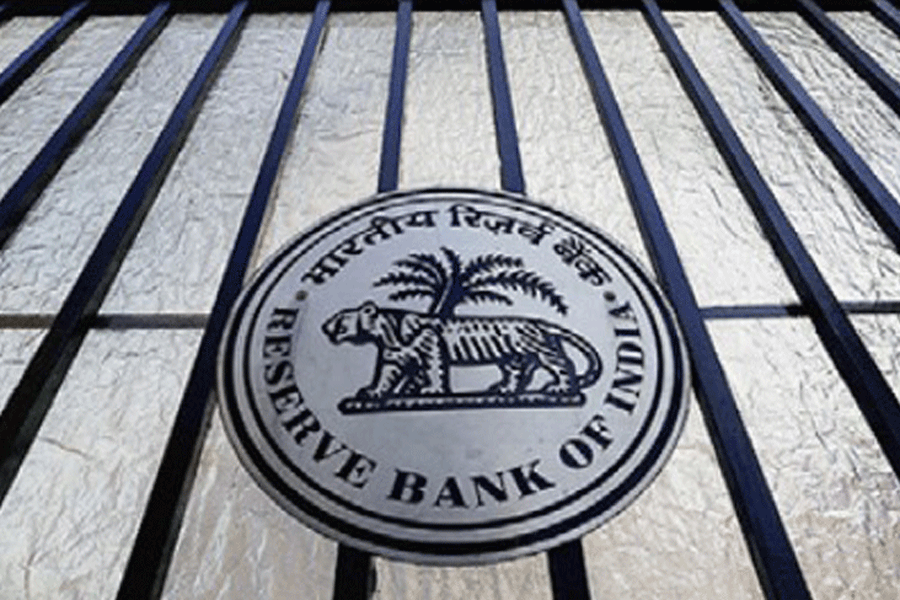The Reserve Bank of India (RBI) has transferred Rs 1.3 lakh crore (trillion) towards its contingency fund (CF) in 2022-23 as it had raised the buffer to shield itself against market fluctuations in this fiscal, according to the central bank's annual report.
CF is a specific provision to meet unexpected and unforeseen contingencies, including the depreciation in the value of securities, risks arising out of monetary or exchange rate policy operations, systemic risks and any risk arising on account of the special responsibilities given to the RBI.
At its meeting recently, the RBI’s central board of directors raised the contingency risk buffer for 2022-23 to 6 per cent from 5.5 per cent in the preceding year. As per the central bank’s existing economic capital framework, this buffer has to be maintained at 5.5-6 per cent.
If the risk buffer was unchanged, the central bank could have transferred a greater sum to the Centre than the Rs 87,416 crore it gave as dividend for the last fiscal.
According to the RBI’s annual report for 2022-23, an amount of Rs 1,30,875.75 crore was provided towards CF to maintain the ``available realised equity’’ at the level of 6 per cent of the size of the balance sheet.
The balance in CF rose to Rs 3.51 lakh crore; in the preceding fiscal the RBI transferred Rs 1,14,567.01 crore towards CF.
A report from SBI’s economic research wing said the risk buffer has been increased to 6 per cent indicating higher expected risk on account of market fluctuations in 2023-24.
During 2022-23, the size of RBI's balance sheet increased 2.5 per cent to about Rs 63.45 lakh crore from Rs 61.90 lakh crore on higher income. The central bank said the increase was on account of the rise in foreign investments, gold apart from loans and advances.
The annual report also showed a rise in the interest income on loans and advances to governments and banks.
Earnings from loans extended to central and state governments increased 87.79 per cent to Rs 556.49 crore in 2022-23 from Rs 296.34 crore in 2021-22.
The RBI said the increase in interest earnings was on account of higher availment of funds by the central and state governments and an increase in the applicable interest rate because of the increase in the repo rate.
Similarly, the interest on loans and advances to banks and financial institutions increased 55.85 per cent to Rs 1,791.55 crore in 2022-23 from Rs 1,149.57 crore.
However, the biggest gain came from foreign exchange transactions. It rose to Rs 1,03,308.35 crore from Rs 68,990.55 crore in 2021-22. After certain adjustments, the other income from foreign sources stood at Rs 92,384.15 crore against Rs 65,023.37 crore in the previous year.
As on March 31, 2023, total gold held by the Reserve Bank of India was 794.63 metric tonnes as compared with 760.42 metric tonnes as on March 31, 2022.
The value of gold (including gold deposit) held as asset increased 17.20 per cent from Rs 1,96,864.38 crore as on March 31, 2022 to Rs 2,30,733.95 crore as on March 31, 2023.
Fraud count
The number of frauds in the banking sector went up to 13,530 in 2022-23, but the amount involved nearly halved at Rs 30,252 crore.
Frauds occurred predominantly in the category of digital payments (card/internet), in terms of number.
However, in terms of value, frauds have been reported primarily in the loan portfolio (advances category).
A total of 9,097 frauds had taken place in 2021-22 involving Rs 59,819 crore. In 2020-21, the number of frauds was 7,338 and amount involved was Rs 1,32,389 crore.











